Zoysia vs Bermuda Grass
Are you thinking of putting up a lawn? And you are in the middle of a confusion which grass to go for... Zoysia or Bermuda? Well, both are popular lawn grasses in the southern US as well as in various other countries in the world that have tropical or sub tropical warm weather.
Zoysia Lawn
Photo: Bill Wilson, flicke, cc by 2.0
But before you make a choice for your lawn... you should understand the underlying implications, i.e., the pros and cons of each. Because, the required temperature, sunlight, method and cost of establishment, ongoing maintenance requirements, and even tolerance of the grasses are different.
Common Bermuda Grass
Photo: Forest and Kim Starr, flickr, cc by 2.0
Temperature
Both Zoysia and Bermuda are warm-season grasses, and a soil temperature of 65-75 degree F is ideal for both. However, their tolerance limits to cold weather are different.
Going by the USDA (United States Department of Agriculture), the Hardiness Zones for Zoysia and Bermuda grass are different. A Hardiness Zone is defined based on the average annual minimum temperatures of an area in which plants may need to survive. Gardeners can therefore determine which plants can survive and thrive in their areas. There are 13 such Hardiness Zones (0 - 12) defined by USDA. For example, a Hardiness Zone of 10 would mean that a plant can survive in a minimum temperature range of 30░ to 40░F (i.e. -1 to 4░C).
The USDA hardiness zone for Zoysia is 6 to 9 while that for Bermuda is 7 to 10. So, as you can see, Zoysia can withstand temperatures lower than what is required by Bermuda grass. So, depending on your locality (or zone), you can check the
USDA zone map to know the hardiness zone and see which of the two grass types would be more suitable for your locale.
Sunlight
Bermuda grass requires a lot of sun and your lawn should be exposed to sunny daylights ideally most part of the day. If you have canopy of trees around and the lawn is shaded (or even partially shaded most times), then Bermuda grass may not be a good choice. On the other hand, while Zoysia too loves sun, it can also grow almost equally effectively in moderately shaded areas (but not in a completely shaded area where there is hardly any direct sunlight).
Tolerance
Both species are drought tolerant. Both Zoysia and Bermuda would go dormant during the winter time (i.e. the dry season) when both will turn brownish. They both start turning green again during spring.
While both Zoysia and Bermuda are known to be traffic tolerant, Bermuda grass is particularly more sturdy and can tolerate heavier traffic including children regularly playing on the lawn. Zoysia on the other hand, although resilient, may not be able to tolerate regular foot traffic.
Between the two, Zoysia is more resistant to disease and pests, however both types do suffer from these problems. Some of the main problems of Zoysia are the small beetles (or the billbugs) that feed on the leaf blades and eventually on the root system. But it's the larvae of the billbugs that cause the most damage to the grass. You can sometimes see a large brown patch due to this. Some pests like nematodes (round worms) and ground pearl can attack the Zoysia, but the grass is relatively more tolerant to these and can better withstand the pests.
Bermuda grass on the other hand is quite susceptible to mole crickets, nematodes and fungal disease like the Dollar Spots. During spring you can sometimes see a circular straw-colored patch 6-12 inch in diameter which could grow over time and become several feet wide. These are dollar spots which mainly happen due to inadequate watering and irrigation and when soil temperature goes below 65░F.
Note that both Zoysia and Bermuda grass come in several varieties (cultivars), and depending on the cultivar, it could be more tolerant to some diseases compared to the others.
Growth
Zoysia is far slower to grow and fill up the lawn compared to Bermuda grass. Although in ideal conditions, Zoysia can fully grow and cover the lawn in one year, but more often than not, it would take 2 to 3 years for its full growth and coverage. And once it covers up the lawn, it forms a thick mat of grass which is very pleasing to the eyes. Due to its dense growth, it does not leave much room for weeds to grow in-between.
Bermuda grass on the other hand is very fast in growth, and will usually cover up the lawn in one year itself. However this aggressive growth also makes Bermuda an invasive plant and unless controlled well, it can easily spread into other parts of your yard undesirably. And it is for this nature of Bermuda grass that it itself can become a menacing weed to other plantations in your lawn and it is never easy to
remove Bermuda weeds from other grass or plantations. However, not being as thick or dense as Zoysia, Bermuda itself is vulnerable and can be affected by weeds.
Look andáTexture
Zoysia usually has a fine smooth texture (although medium texture can also be seen). The grasses are usually true green and look lovely on a well cultivated lawn when fully covered. They form a thick coverage on the turf and barely allow other weeds to grow among them. You can use a reel mower and keep the grass to a height of 1.5 inch. The grass blades usually come out at an angle of 80░ to the stalks and are usually 1/10th of an inch wide. These blades are stiffer than Bermuda and will feel prickly. If you look closely, you can see small hairs on top of the leave blades.
Zoysia Grass (Close Up View)
Common Bermuda Grass has a medium to coarse texture and is also green in color (sometimes the shade of green may vary though). The leaf blades of Bermuda grass come out at a more acute angle of around 45 degree and feel softer. The blades can grow as wide as 1/6th of an inch and do not have hairs or have very small hairs on both sides of the blade (but not on top of the blade). You need to mow and maintain common Bermuda grass at a height of 3/4 to 1 inch. However the recommended height of Hybrid Bermuda is 1.5 inch.
Bermuda Grass (Close Up View)
Photo: Forest and Kim Starr, flickr, cc by 2.0
The texture and the width of
Hybrid Bermuda Grass can closely resemble that of Zoysia. Hybrids can have fine textures, different shades of green and their blades can be much thinner (up to 1/16th of an inch). Hybrids, like common Bermuda grass, also have good tolerance to traffic and can form a denser and thicker lawn compared to the common variety. Some examples include 'Tifgreen' that are fine-textured, bluish green, and 'Tifway II' that are medium-textured, dark green.
Hybrid Bermuda Grass (Tifway)
Photo: cultivar413, flickr, cc by 2.0
Both Zoysia and Bermuda grass turn brownish from fall when the dry season starts and start turning green only in spring (Zoysia usually starts turning green in late spring).
Maintenance
As already mentioned, Bermuda grass requires full sun while Zoysia can also grow in moderate shades. Both require a soil pH between 5.5 to 7 for ideal growth and spread. You will be required to irrigate and water both grass types regularly and keep 1 inch of water level during spring and summer.
As per the guidelines provided by Cooperative Extension of North Carolina State University, Zoysia will require half pound of nitrogen for every 1,000 square feet of lawn every month and this needs to be maintained starting from three weeks after the spring green. The quantity of nitrogen needs to double during mid to late summer.
Bermuda grass on the other hand will require half to one pound of nitrogen for every 1,000 square feet of lawn in an interval of 4-6 weeks during spring and summer.
Zoysia is quite stiffer compared to Bermuda grass, and as a result it's more difficult to mow. Bermuda grass is quite softer and it's easy to mow the grass. But Zoysia grows slowly and therefore you do not need to mow the grass frequently or even every week. On the other hand, Bermuda grass grows taller and faster, and requires more frequent mowing. Bermuda will also spread more vigorously into adjacent areas, so there will be diligent effort required to keep it in control.
Cost
Zoysia is definitely much more expensive than Bermuda grass. Most varieties of Zoysia are available only in sod or plug form and not in seeds as compared to the common Bermuda grass that are readily available in seeds. So, this means more expenses for Zoysia when it comes to the purchase, and also while planting the sod, particularly if you take professional help.
However, most varieties of Hybrid Bermuda Grass too come in form of sods (as they do not produce seeds) except for few types such as 'Savannah'.
There are several types of Zoysia sod such as Palisades (a coarse textured type and very popular in the US), Emerald and Cavalier. Average cost of Zoysia sod is around $235 per pallet (a pallet covers 450 sq. ft of area). On the other hand, the average cost of Bermuda Hybrid sod (like Tifway 419 or TexTurf 10) would be in the range of $155-160 per pallet. So, Bermuda sod is cheaper than Zoysia sod.
In comparison, Bermuda Seed option is the cheapest of all. Average cost of one pound of Bermuda seed is around $6.0 and that should be enough for a new lawn of 450 sq. ft (the size of a sod pallet).
If you want to use sods instead of seeds, then avoid buying and planting that in winter, because you won't know its real quality or if it is has a lot of unwanted weeds until it greens up fully during spring.
If you like to know more about the implications between seeded and sodded Bermuda lawns, or want to know the steps of planting Bermuda sods, then go through
How to go about Bermuda Sods.
Buying Bermuda / Zoysia Grass
If you are located in the USA, you can go through the following links depending on whether you want to buy Bermuda Grass or Zoysia Grass:
|
 By Raj Bhattacharya By Raj Bhattacharya
Raj, a seasoned travel writer and Bermuda destination expert, has extensive global travel experience. This website reflects his profound insights, garnered over nearly two decades of dedicated findings and research on the island. Raj has assisted countless Bermuda-bound visitors by providing direct, personalized responses to their queries and imparting his wealth of knowledge through this platform. This site serves as an indispensable guide for those seeking informed and reliable insights into Bermuda's treasures.
|
Related Articles
3) Check out
Bermuda Grass for a complete guide on Bermuda Grass and Lawn Care.
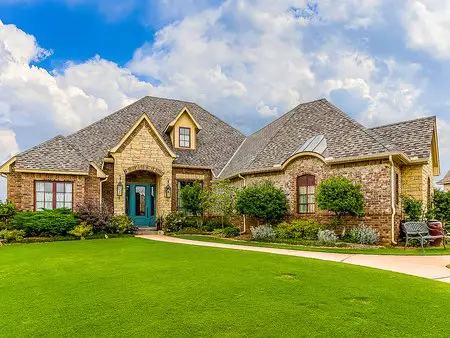
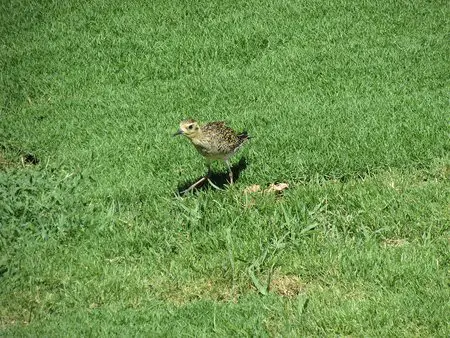
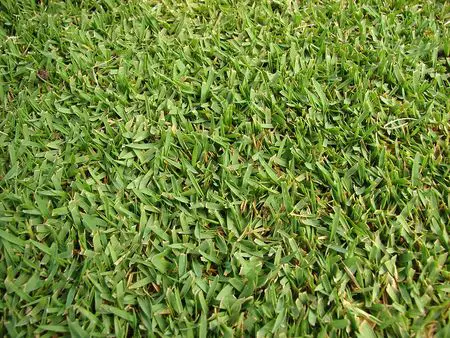
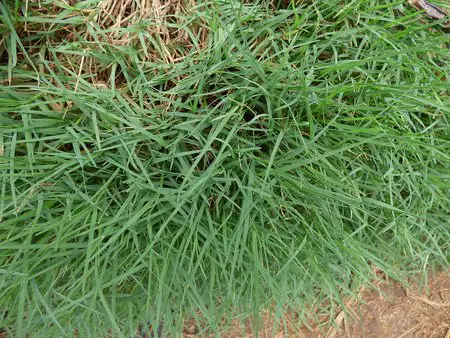
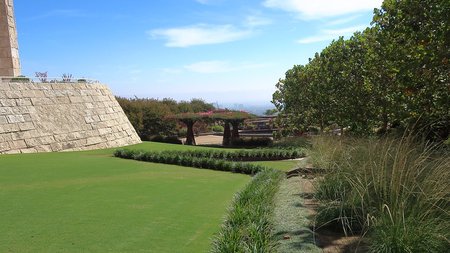
 By Raj Bhattacharya
By Raj Bhattacharya